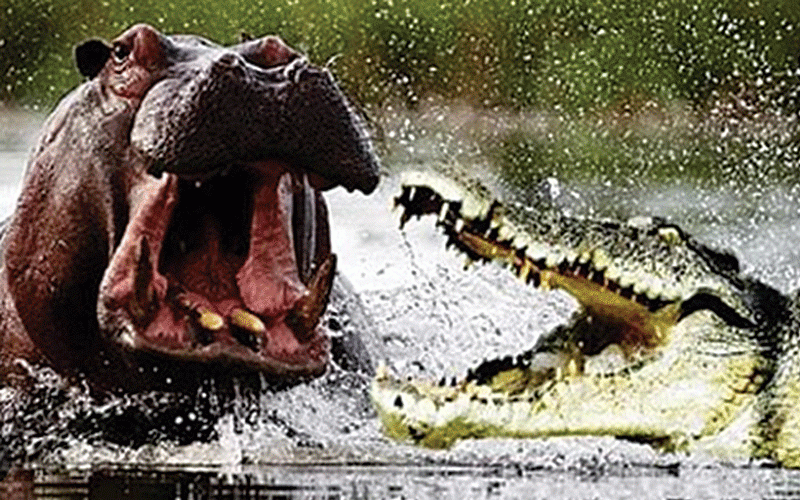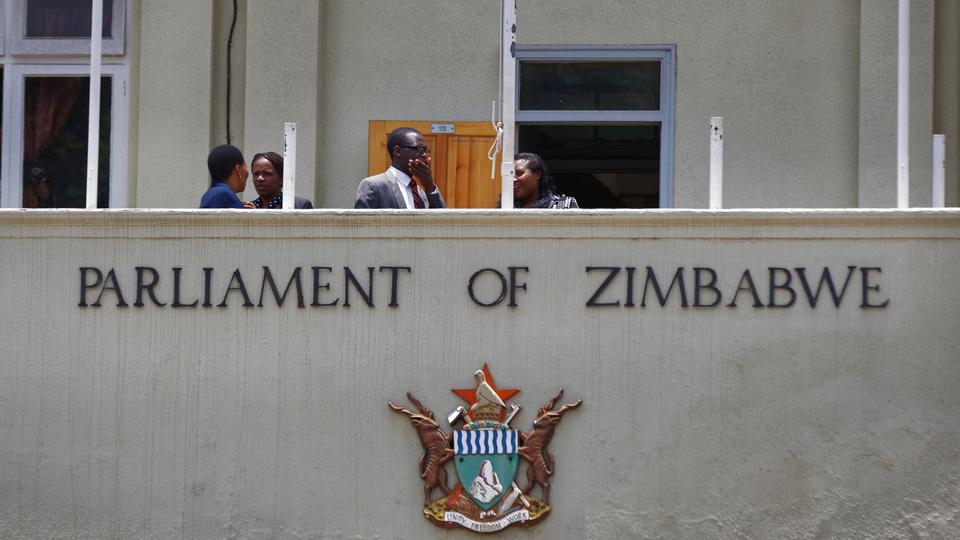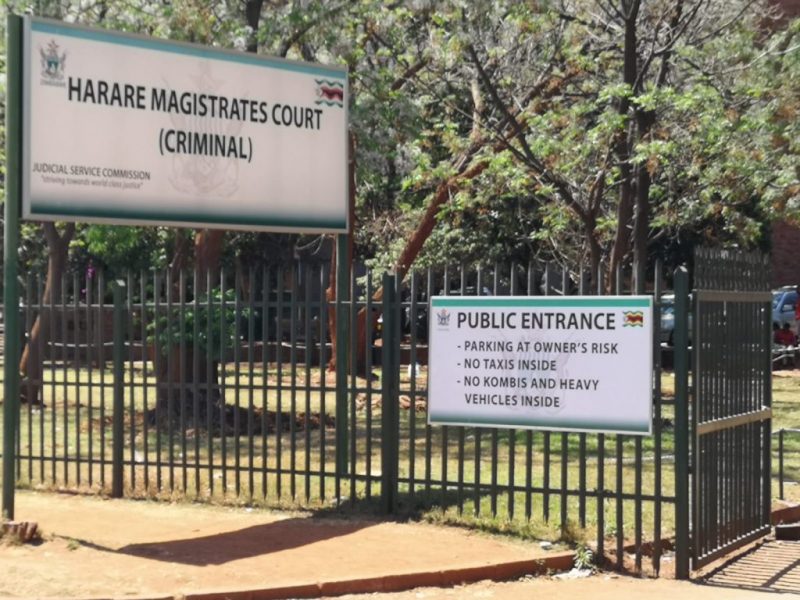
KUVIMBA Mining House, possibly Zimbabwe’s largest gold producer, is a mining conglomerate whose existence only came into public consciousness in December last year when mining veteran David Brown was named as its chief executive. The consortium had lofty ambitions to invest up to US$1 billion to revive moribund mines in the southern African country.
In December last year, while President Emmerson Mnangagwa was touring the verdant Shamva Mine, a gold mine recently sold by Mzi Khumalo’s Metallon Corporation, it was announced that the mine was now owned by Kuvimba.
With little foreign direct investment because of perceived political instability and policy inconsistencies, dozens of potentially viable mines in Zimbabwe were either shut down or mothballed due to lack of capital.
Kuvimba seemed the answer to Zimbabwe’s problems, and government hoped that its success would spur the country’s economic revival.
Mnangagwa was quoted in a State-owned daily in December last year saying Kuvimba would help “in unlocking the inherent richness and value of our country’s mineral deposits”.
Its portfolio quickly bulged and now controls Freda Rebecca Gold Mine, Bindura Nickel Corporation, Shamva Gold Mine, Jena Mine, Elvington Mine, Sandawana Mine, Homestake and Zim Alloys.
It is also a 47,8% shareholder in Great Dyke Investments, the Russian concern building Zimbabwe’s largest platinum mine in Darwendale. All these assets were previously said to have been bought by either Landela or Sotic International.
The question of who owns the conglomerate, however, has never been answered, but in January this year, Finance minister Mthuli Ncube told news agency Bloomberg that government owned 65% of the venture, but would not say where it got the funds to cover its purchase of the mines, smelters and platinum concessions the Kuvimba venture says it now owns.
- Chamisa under fire over US$120K donation
- Mavhunga puts DeMbare into Chibuku quarterfinals
- Pension funds bet on Cabora Bassa oilfields
- Councils defy govt fire tender directive
Keep Reading
He also provided no evidence of transactions that confirmed Kuvimba’s ownership. Two weeks ago, Kuvimba announced payment of US$5,2 million dividend to “shareholders”, with the following government departments receiving money as shareholders: Sovereign Wealth Fund of Zimbabwe (6%), Public Service Pension Management Fund (7%), Deposit Protection Corporation (5%), Insurance and Pensions Commission (5%), Datvest Nominees, and National Venture Capital Company of Zimbabwe (7,5%).
How these departments came to own the shares remains a mystery and they appear to have received them for free. Previous reports showed that through a complex series of transactions, the mining assets that form the core of Kuvimba’s holdings were owned by or tied to Kudakwashe Tagwirei.
Now, a report published by The Sentry, a United States-based anticorruption investigative watchdog that follows money from Africa: Shadows and Shell Games: Uncovering an Offshore Business Empire in Zimbabwe, reveals key details of business practices of Tagwirei.
Tagwirei is significant in that he is a politically connected businessman and presidential adviser who was sanctioned for corruption by the Unites States government last year.
The report echoes a similar account by Bloomberg which used documents, emails and WhatsApp messages that show that all the assets claimed by government through Kuvimba were owned by, or tied, to Tagwirei.
Emails released by founding Sotic International director Christopher Fourie place Tagwirei at the centre of the company’s ownership. They also lift the veil of how he acquired those mining assets.
Zimbabwe’s authorities score very low on transparency but clearly there are many unanswered questions over its involvement in Kuvimba such as: how government reacquired the assets that it had in fact sold off because it could not afford to revive them, Tagwirei’s role in the mining conglomerate, who funded the acquisitions and how.
The Sentry report sheds light on the murky deals that show a complex web of corruption with one man at the centre of it, Tagwirei. Kuvimba has, as late as this week, denied his involvement but does little to show otherwise.
Government has so much to explain.











